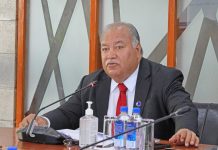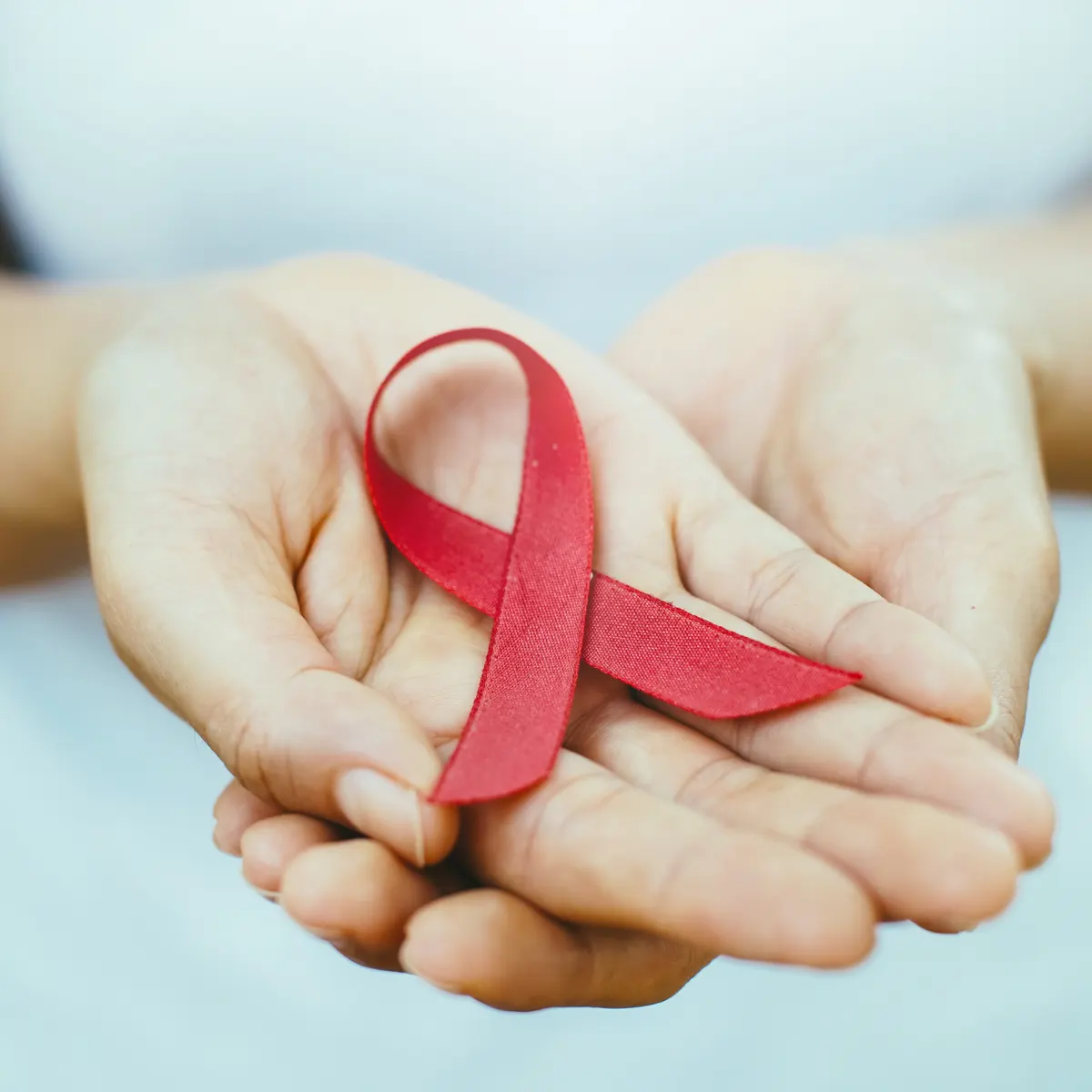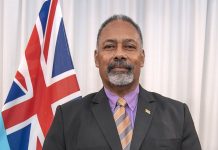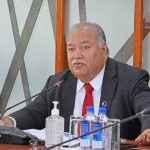Last week Pacific Heads of Health were encouraged to jointly address the region’s growing HIV vulnerability through investments in proven prevention, testing, treatment and care approaches.
Health Ministry senior advisers learned of rising AIDS-related deaths across the region, along with increasing new infections in Fiji and Papua New Guinea which put the entire Pacific at risk.
The challenge calls for bold and coordinated action to scale up prevention for young people, reduce new infections among key population communities, eliminate mother-to-child transmission and expand access to antiretroviral therapy for people living with HIV.
For the first time since 2015, HIV was on the agenda at the Pacific Heads of Health Meeting. The Pacific Islands Regional Multicountry Coordinating Mechanism (PIRMCCM) which provides oversight for the implementation of the Global Fund grants to address HIV, tuberculosis and malaria expressed concerns alongside UNAIDS, UNDP and the WHO.
“We draw particular attention to Fiji as it is currently the second fastest growing epidemic in the Asia-Pacific region. Given the vast migration of young people to Fiji from other Pacific Island countries, if unaddressed there could be serious implications,” said PIRMCCM Chair, Dr Frank Underwood.
The 2025 HIV targets agreed through the 2021 political declaration on HIV and AIDS and the Global AIDS Strategy are off-track for Pacific nations. The situation is compounded by declining resources for health and HIV, shifting donor priorities, weakened health systems and economic challenges intensified by COVID-19. In the last decade political and public focus has shifted from HIV and AIDS, reversing many gains of the early response.
“The impact of this is that the Pacific now has a generation of young people with low HIV knowledge, poor HIV testing uptake, low condom use, high levels of stigma and discrimination and poor comprehensive sexuality education,” said UNAIDS Country Director for Fiji and the Pacific, Renata Ram.
“Young people are increasingly using online spaces for sexual networking. We need innovative strategies to help them access the information and services they need.”
Data from UNFPA point to high levels of sexual and gender-based violence, increasing the HIV/STI transmission risk among vulnerable populations including young women. According to UNAIDS estimates, Fiji and Papua New Guinea are among 38 countries globally with rising HIV infections. Since 2010, new infections have increased by 129 percent in Fiji and 46 percent in Papua New Guinea.
“This represents a significant threat to the health of other Pacific countries due to the high mobility between countries, low condom use and absence of innovative HIV prevention strategies,” Dr Underwood explained.
In order to maximise the impact of the Global Fund grant, countries are encouraged to exercise increased ownership of the HIV response, including by targeting more domestic funding into community-led and delivered services. Targeted interventions are required to reach key populations such as men who have sex with men, people who use drugs, sex workers and transgender women with services.
“No Pacific nation is safe unless we are all safe,”Ram said. “Through joint action around prevention, testing, treatment and community support, we can achieve the Sustainable Development Goals target of ending AIDS by 2030,” she said.
SOURCE: UNAIDS/PACNEWS














